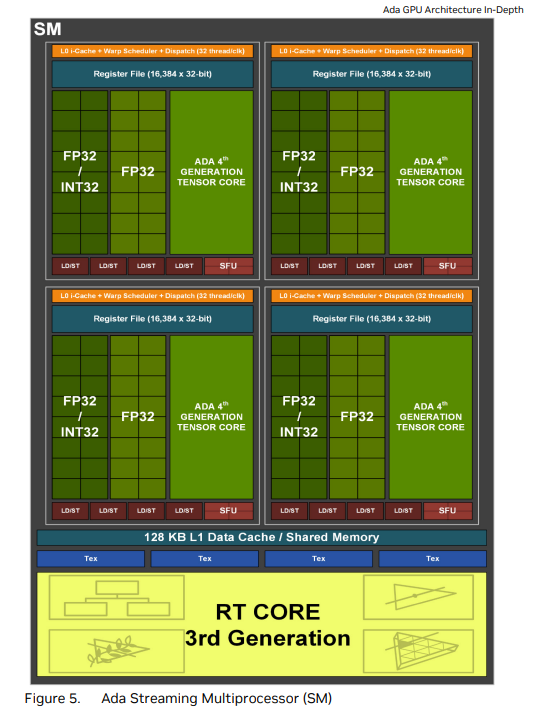Mailland, Julien. The Game That Never Ends: How Lawyers Shape the Videogame Industry. : MIT Press, 2024. Illustrations. x + 340 pp. $50.00 (paper), ISBN 9780262549394.
Reviewed by
Leon Y. Xiao (City University of Hong Kong)
Published on
H-Sci-Med-Tech (September, 2025)
Commissioned by
Penelope K. Hardy (University of Wisconsin-La Crosse)
Printable Version: https://www.h-net.org/reviews/showpdf.php?id=62094
Julien Mailland set out to write “a law book for non-lawyers” and accomplished this difficult task of providing accessible explanations to a wide readership without compromising legal accuracy (p. 4). This introduction to the history of video game law is of broad interest not just to an academic and student audience but also to the general public that plays video games and wants to learn more about their history and production. The first part of the book deals with intellectual property law issues, including patents (chapters 2 and 3) and copyright (chapters 4 through 6), while later sections engage with the commercial realities of doing video game business and litigation strategies (chapters 7 and 10) and content regulation and censorship in the United States and beyond (chapters 8 and 9).
Mailland is frank in his admission that his “quick and simplified analysis is, well, quick and simplified” (p. 41). However, that is a boon rather than a bane for a “popular” legal text. Who wants to read about the law for fun (besides lawyers and legal academics, who in their infinite wisdom might decide that a court judgment is somehow appropriate bedside reading material)? A short and understandable explanation spread over a page or two with excellent storytelling and direct quotes and reflections from the people involved, as in Mailland’s book, rather than dozens of pages of dense legal analysis and a few hundred footnote citations to law reports, is precisely what most readers are looking for.
Interestingly, like a “choose-your-own-adventure” role-playing game, Mailland gives the reader opportunities to go on “side quests” to learn more about the intricacies of a few specific aspects of law, but only if they wish. For example, in chapter 2, Mailland quickly concludes why a key Atari patent was highly likely not validly granted and therefore could not have been relied on in court and discusses the commercial and historical implications of that legal mistake. Readers can then choose to either continue with the story in chapter 4 or, for those interested in the legal intricacies, indulge in the optional chapter 3 to learn more about the reasons the patent was likely invalid and the step-by-step legal analyses necessary to arrive at that conclusion.
Now, I would wholeheartedly recommend that all readers “level up” their legal “game” by completing all optional “side quest” chapters because they are all also written accessibly: Mailland guides the reader through the legal analysis element by element, like a law student would be expected to when answering an exam question based on a fictional legal scenario. But the importance here is that Mailland gives readers the agency to decide whether or not to engage in the more technical legal aspects. I (with legal training) read the book from beginning to end and would need either to engage in a second “playthrough” or to ask another “player” or reader to better understand the alternative narrative experience of skipping the optional chapters instead.
Practically, the book should be lauded for its open access status, allowing all readers free public access.[1] Mailland and MIT Press should also be recognized for taking full advantage of the fair use exception of US copyright law to reproduce many helpful graphic illustrations that bolster the reader’s understanding. Other authors and publishers of books and journals should take note of this example and not be afraid to publish copyrighted materials that are crucial to academic discussions and can therefore be lawfully reused.
In terms of critique, the book is US-centric. Admittedly, chapter 9 deals with several international jurisdictions. However, the reader is sometimes left wanting to know more about how, for example, Japanese business culture and Soviet legal attitudes, which are alluded to on pages 211, 255, and 256, affected the global video game history. The discussion of certain other jurisdictions in chapter 9 also stems from a US perspective with, in my view, an underlying assumption that the US position is necessarily better or correct, which is not fair.
For example, Mailland is rather critical of the German age rating system (in comparison to the wholly industry self-regulatory US Entertainment Software Rating Board [ESRB] system), describing it as having “little to do with industry self-regulation” and decrying government and public (that is, nonindustry) involvement in video game age rating criteria as supposedly inferior (p. 218). However, there are consumer protection benefits in not resorting exclusively to industry self-regulation and instead relying on regulatory mechanisms like the Unterhaltungssoftware Selbstkontrolle (USK), which could be better described as “co-regulation,” combining and balancing the forces of various stakeholders.
Put another way, industry self-regulation also has major disadvantages, such as a lack of enforcement and accountability. To illustrate, significant public concerns have been raised about children’s engagement, such as overspending, with gambling-like in-game purchases like “loot boxes.” However, industry self-regulators like the US-based ESRB age rating system and the Europe-based Pan-European Game Information (PEGI) barely responded, while the German USK co-regulation system and the Australian governmental system more decisively indicated to parents that loot boxes are not suitable for young people aged under twelve or fifteen (regardless of whether the US might agree).
Similarly, the discussion about China on pages 224 and 225 is missing references to recent restrictions on under-eighteens’ online gaming time and monetary spending. South Korea’s policy decision to adopt similar time-based restrictions but then repeal them some years later is also not discussed. These details, had they been included, would have further bolstered Mailland’s arguments about national video game laws affecting global production. The readership of a book such as this one is inevitably international, and the discussion of other jurisdictions could have been more balanced and comprehensive.
One notable topical omission is the complex issue of in-game purchases, microtransactions, free-to-play, pay-to-win, and indeed, gambling-like loot boxes. These gambling- and consumer protection-related concerns are more recent (and perhaps not yet suitable for a historical discussion) but have dominated the international video game law debate for the past decade or so.
I recognize that this book is meant to deal primarily with relatively early US video game legal history (and the US has not done very much in relation to in-game purchases and loot boxes; see, for example, a number of draft US state and federal laws that were not adopted and the Federal Trade Commission’s recent settlements in relation to Fortnite and Genshin Impact). However, I believe this topic should have been highlighted to emphasize its present relevance to readers interested in video game law. Mailland does address other very recent developments, such as Microsoft’s then-pending acquisition of Activision Blizzard, which has since happened.
Because the industry develops so rapidly, further issues, such as game preservation (exemplified by the “Stop Killing Games” consumer movement) could not have been addressed. I look forward to when Mailland or another scholar takes up his mantle to provide a comprehensive and accessible overview on monetization, game preservation, and other issues in the future.
Finally, I appreciate that this likely is a matter of the publisher’s house referencing style; however, there are good reasons why legal writing has its references in the footnotes on the relevant page instead of as endnotes altogether at the end of the book. Certain contextual information about the references is helpful in appreciating the appropriate amount of reliance that should be placed in each source and better understanding the author’s arguments: for example, whether the source is judicial, academic, or journalistic, and when it was published. Academic publishers should consider deviating from their house style when the publication would, in my view at least, be improved through a different style.
In conclusion, this book is an excellently accessible resource on video game law history, with a focus on the US, that I would not hesitate to assign as reading to, among others, game design students who would benefit from a fundamental understanding of the areas of law relevant to their practice. Select chapters could also be used as the basis for group exercises and discussions. Your average video game player interested to learn more about how law affects video game production could also easily pick up and digest this book.
Note
[1]. The open access book is available from the MIT Press website, https://doi.org/10.7551/mitpress/13395.001.0001.
Citation:
Leon Y. Xiao.
Review of
Mailland, Julien.
The Game That Never Ends: How Lawyers Shape the Videogame Industry.
H-Sci-Med-Tech, H-Net Reviews.
September, 2025.
URL:
https://www.h-net.org/reviews/showrev.php?id=62094
This work is licensed under a Creative Commons Attribution-Noncommercial-No Derivative Works 3.0 United States License.
.png)



